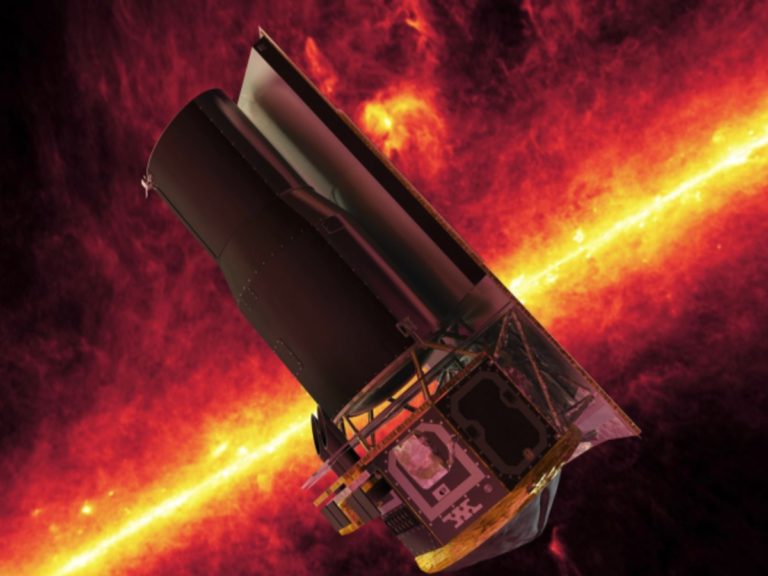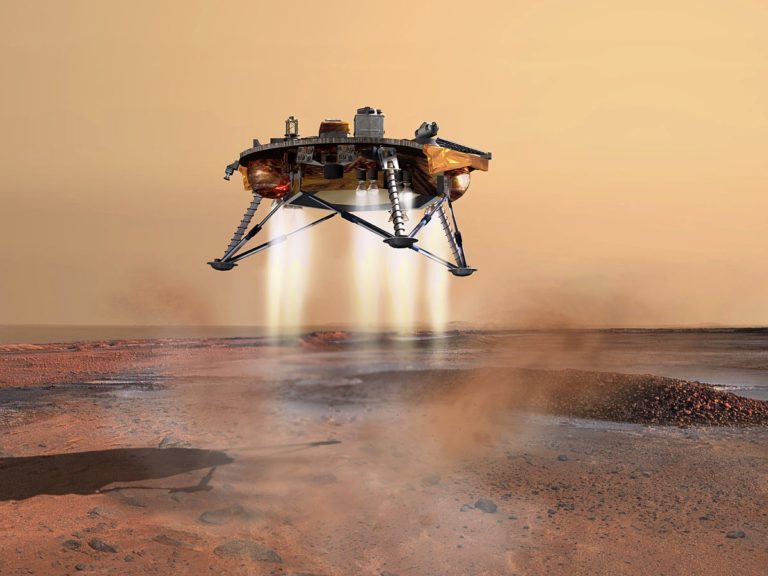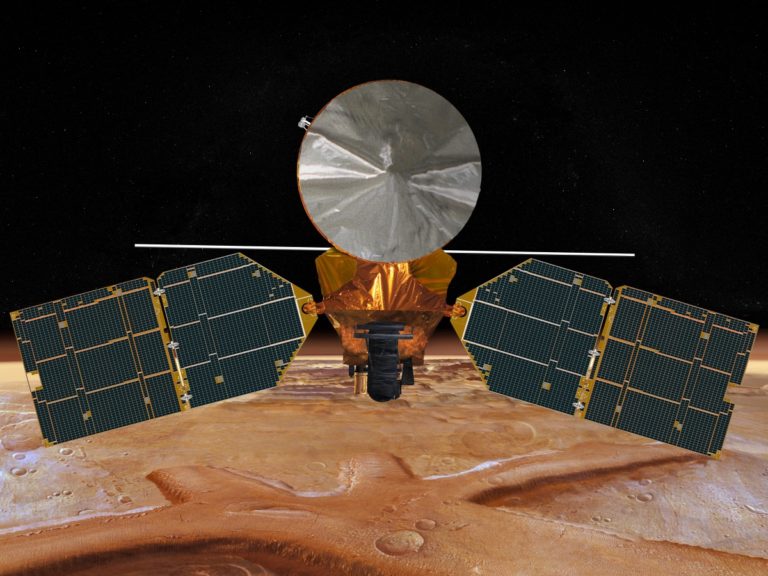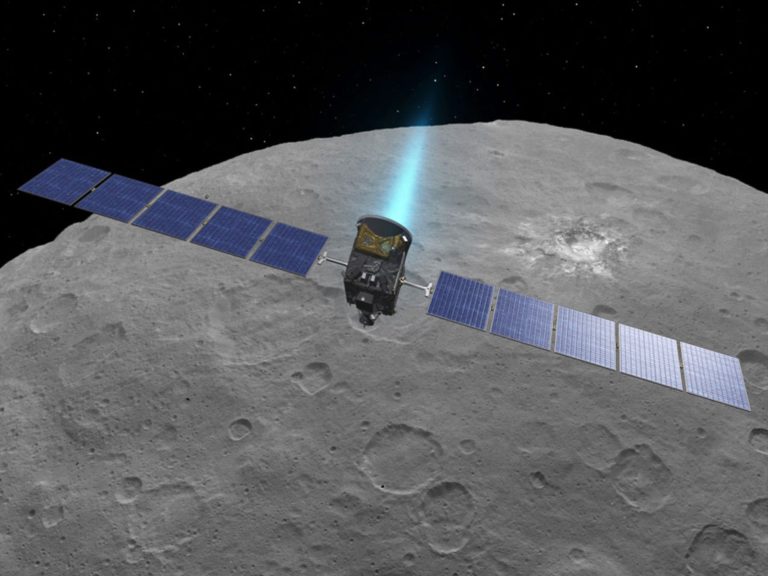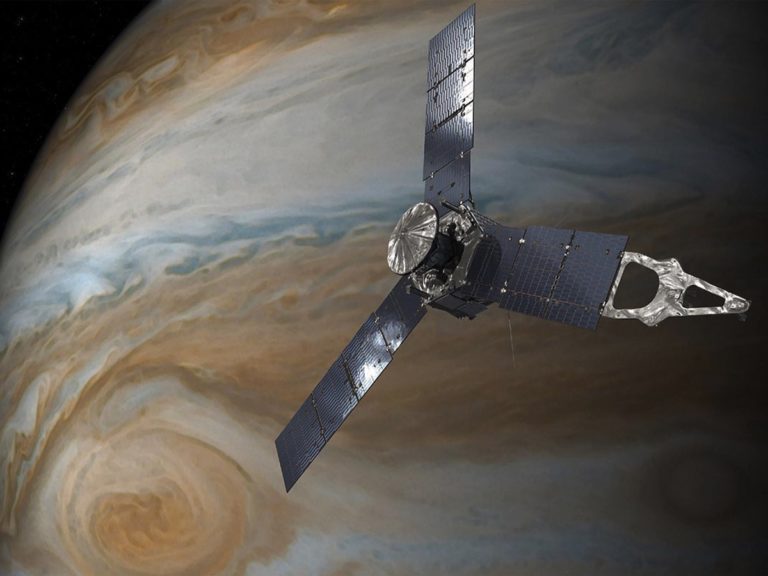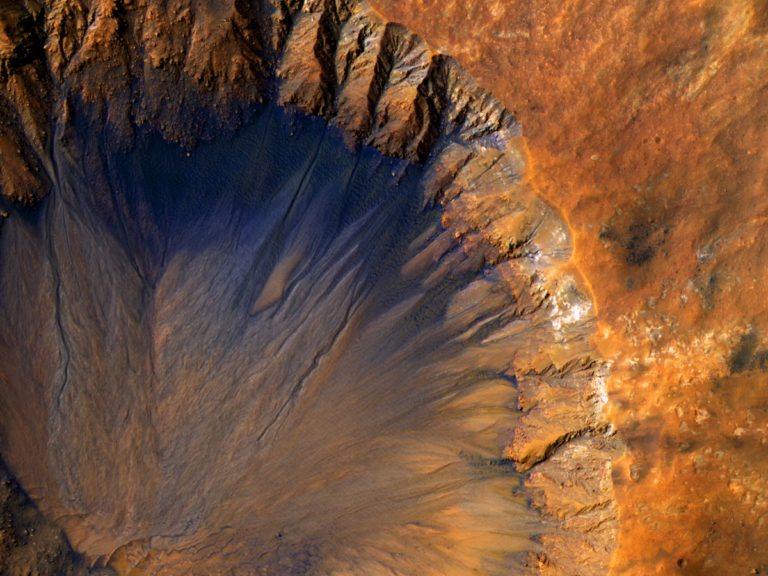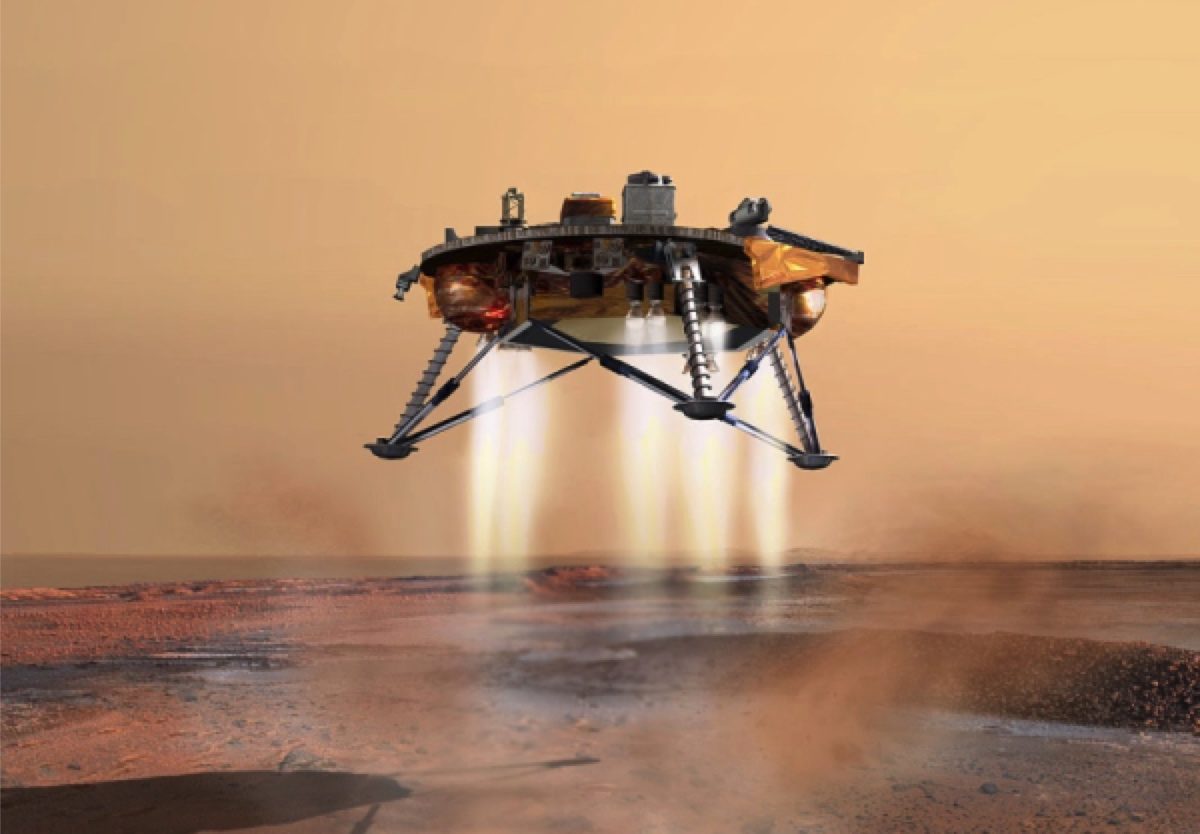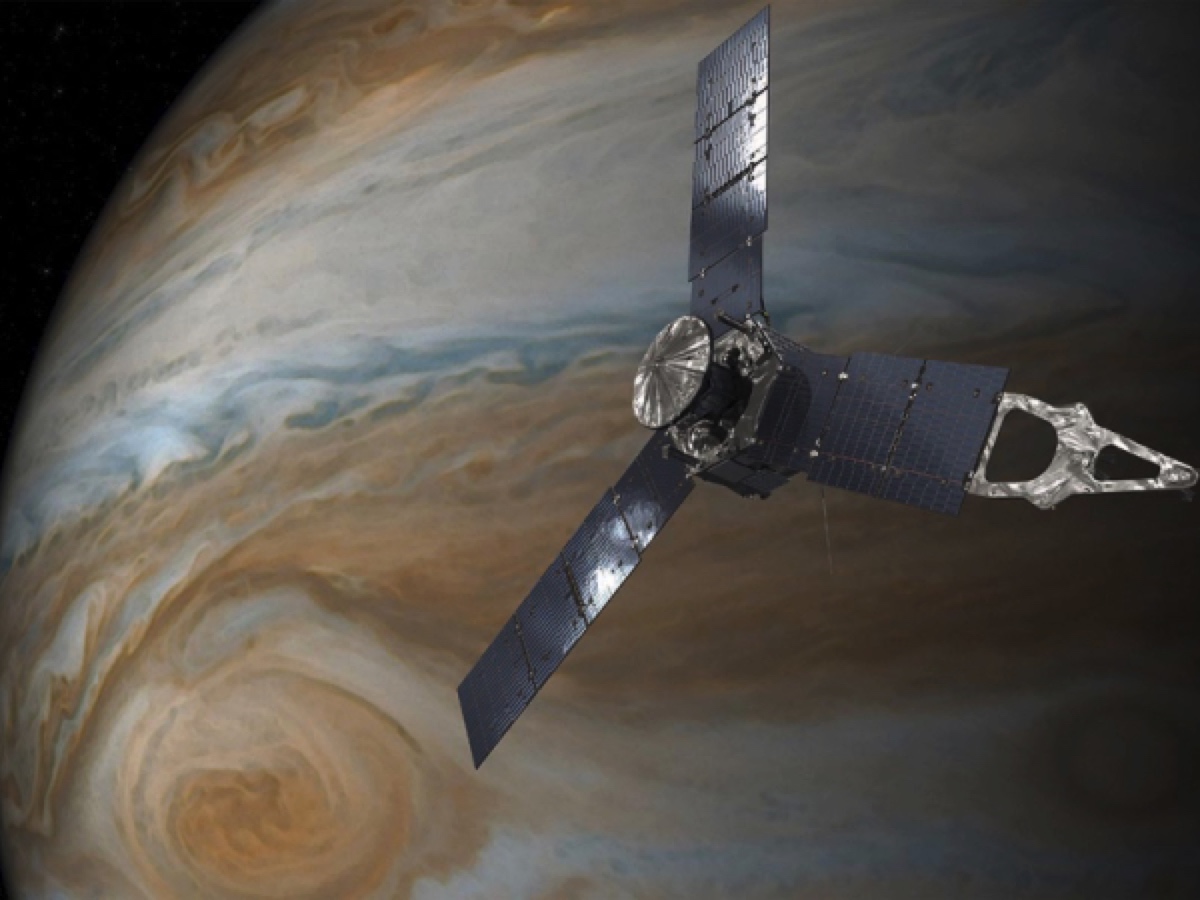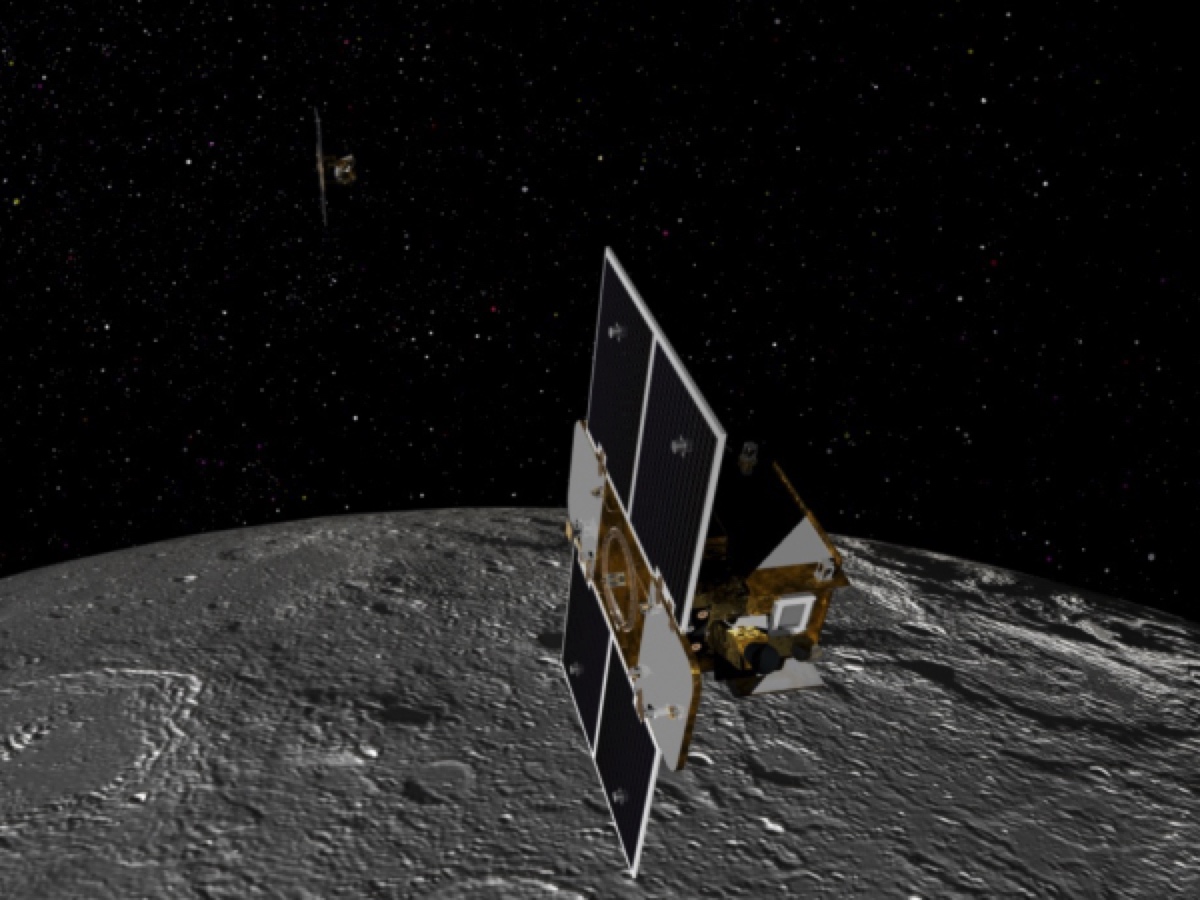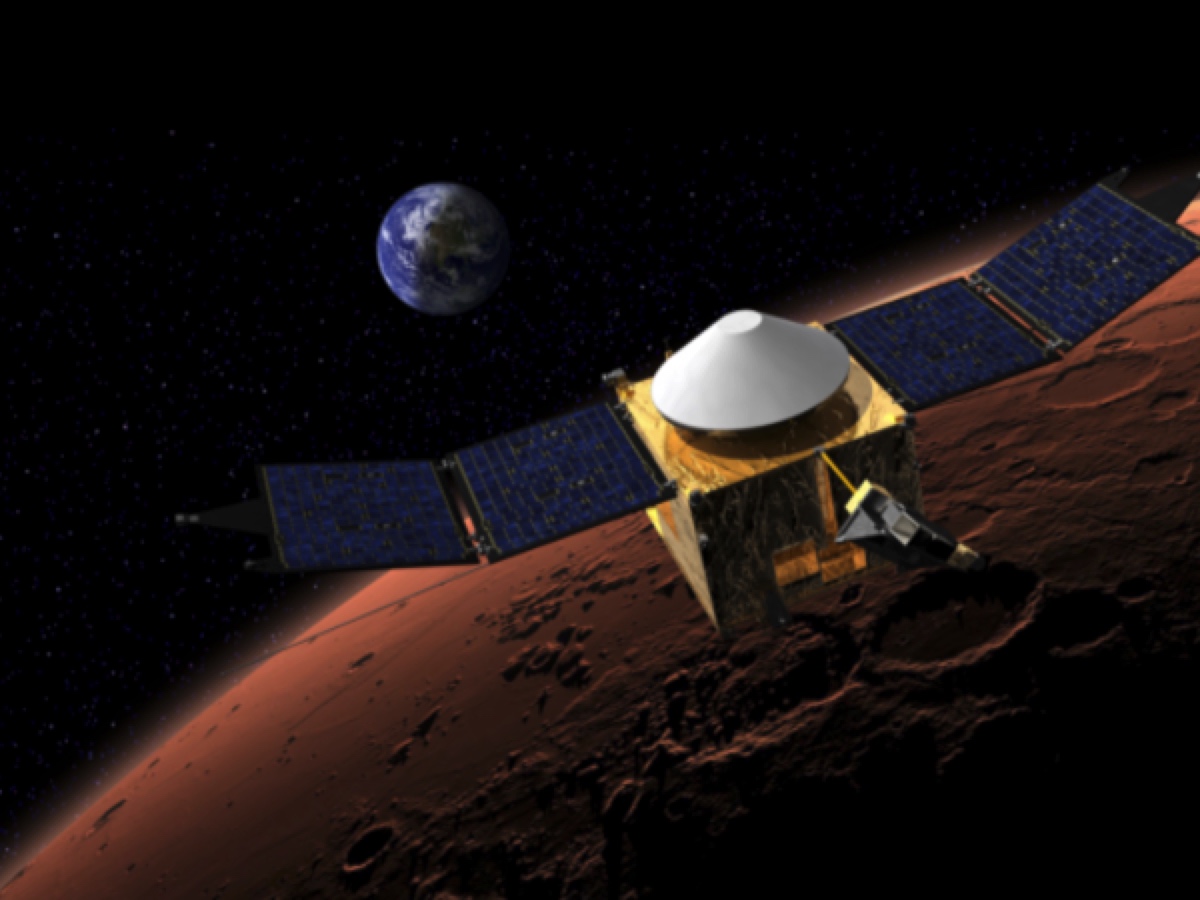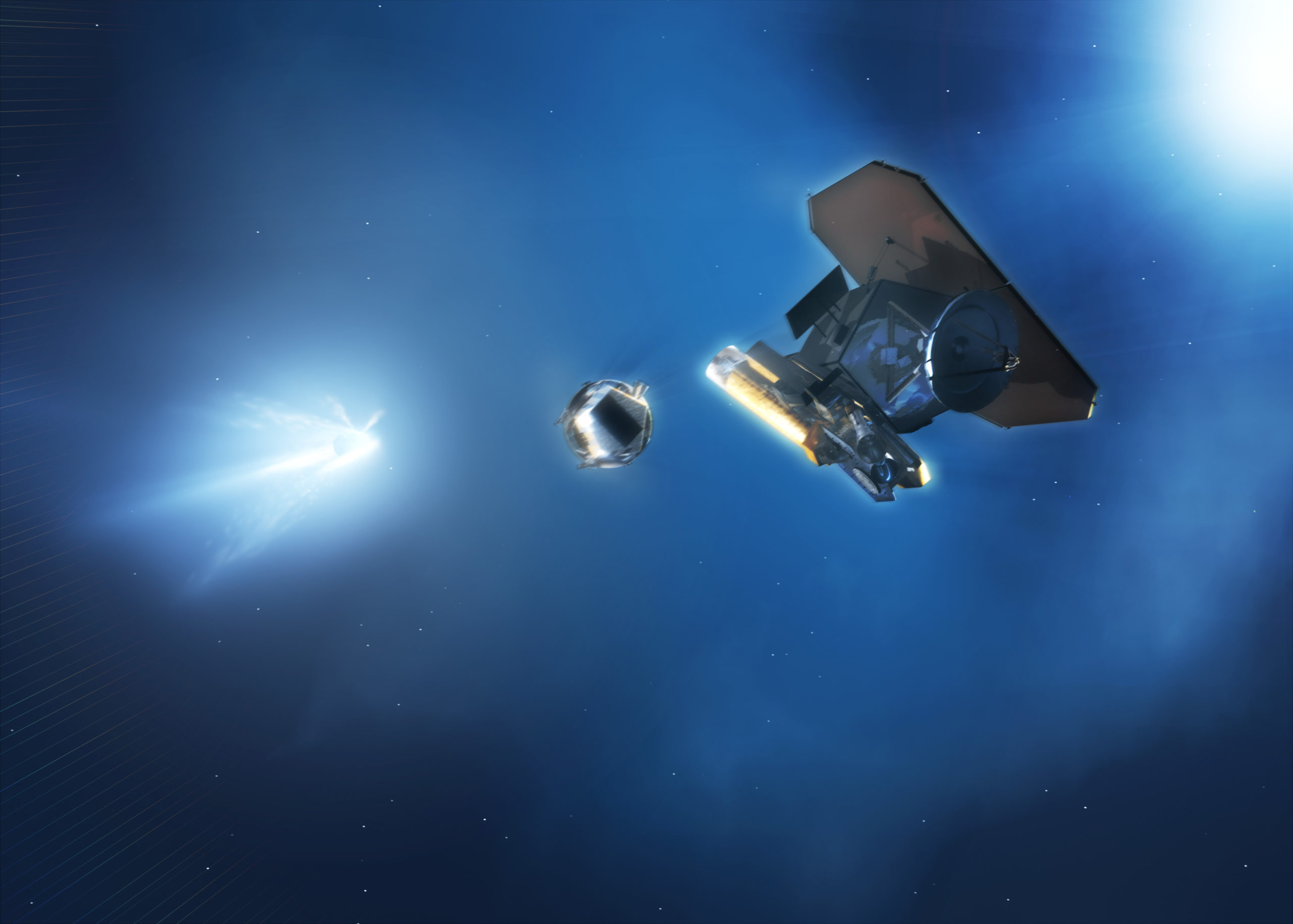Missions
VML Missions
Virtual Machine Language sequencing has flown on a wide variety of deep space missions, including telescopes, orbiters, and landers. The user base currently includes the JPL Autonomous Systems Division, Lockheed Martin, Orbital Sciences Corporation, the Laboratory for Atmospheric and Space Physics, and the Kennedy Space Center.
VML was first deployed in 1998 on Stardust, Mars Climate Orbiter, and Mars Polar Lander. These were followed Mars Odyssey, Genesis, and the Spitzer Space Telescope. VML 2 is flying, slated to fly, or flown on MRO, Phoenix, Dawn, Juno, GRAIL, MAVEN, OSIRIS-REx, and InSight.
VML 3.0 is the latest version, developed as part of the Reactive Rendezvous and Docking System, which enables autonomous retrieval of an orbiting sample canister around Mars. VML 3.0 is also in use on JPL’s AutoNav spacecraft navigation technology development for comet/asteroid touch and go, and on KSC’s RESOLVE project for multi-instrument coordination and sequencing with a roving platform.
VML Deep Space Flight Heritage
14
FLIGHT MISSIONS
Flight Time Across All Missions:
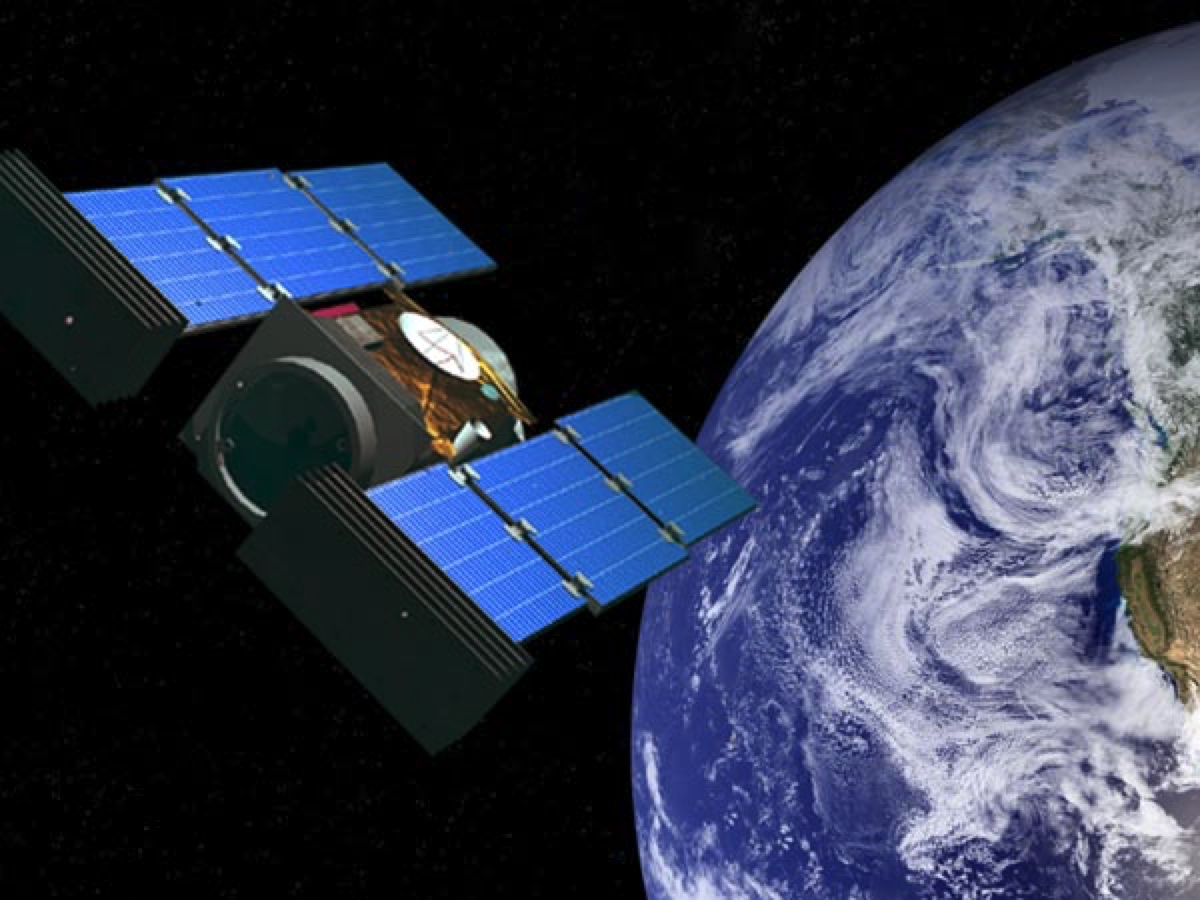
Stardust
1999 - 2014
Ver 0
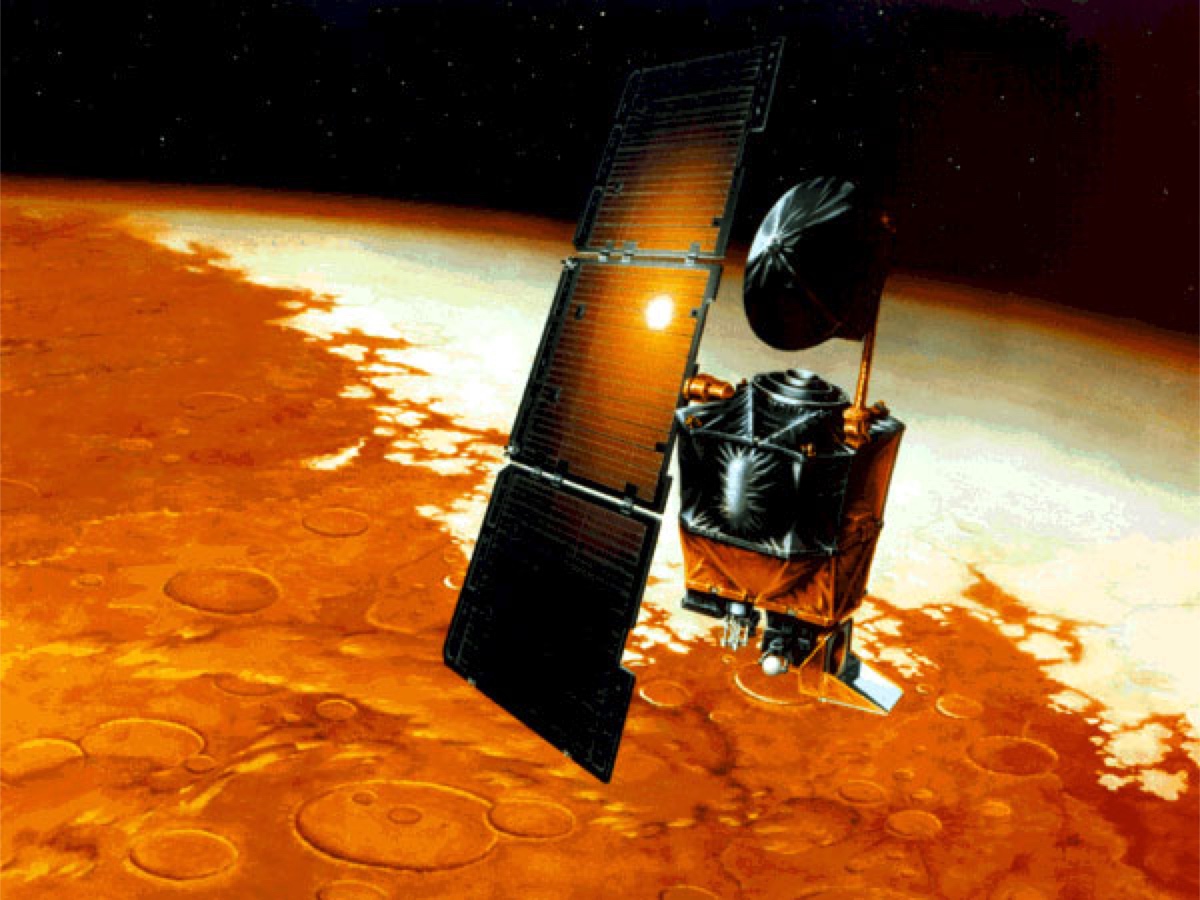
Mars Climate Orbiter
1998 - 1999
Ver 0
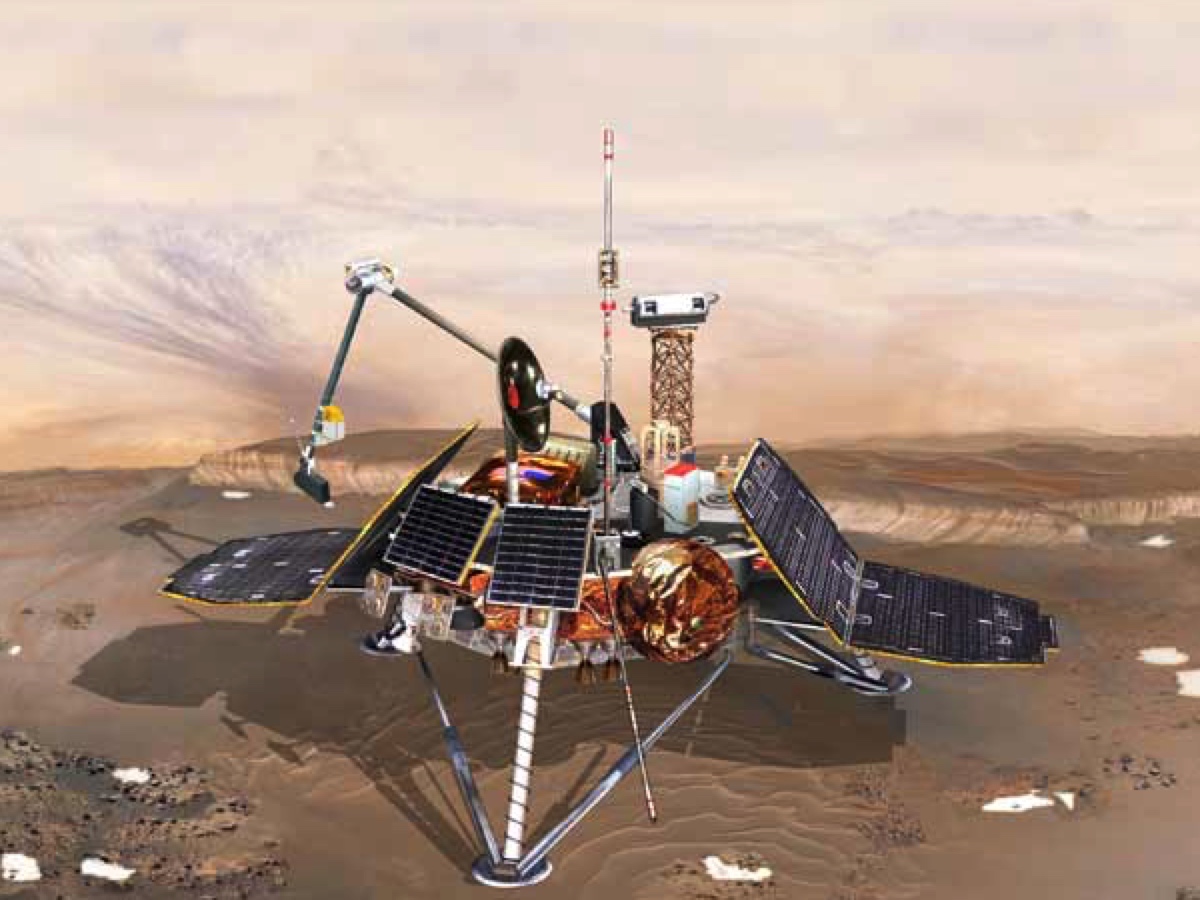
Mars Polar Lander
1998 - 1999
Ver 0
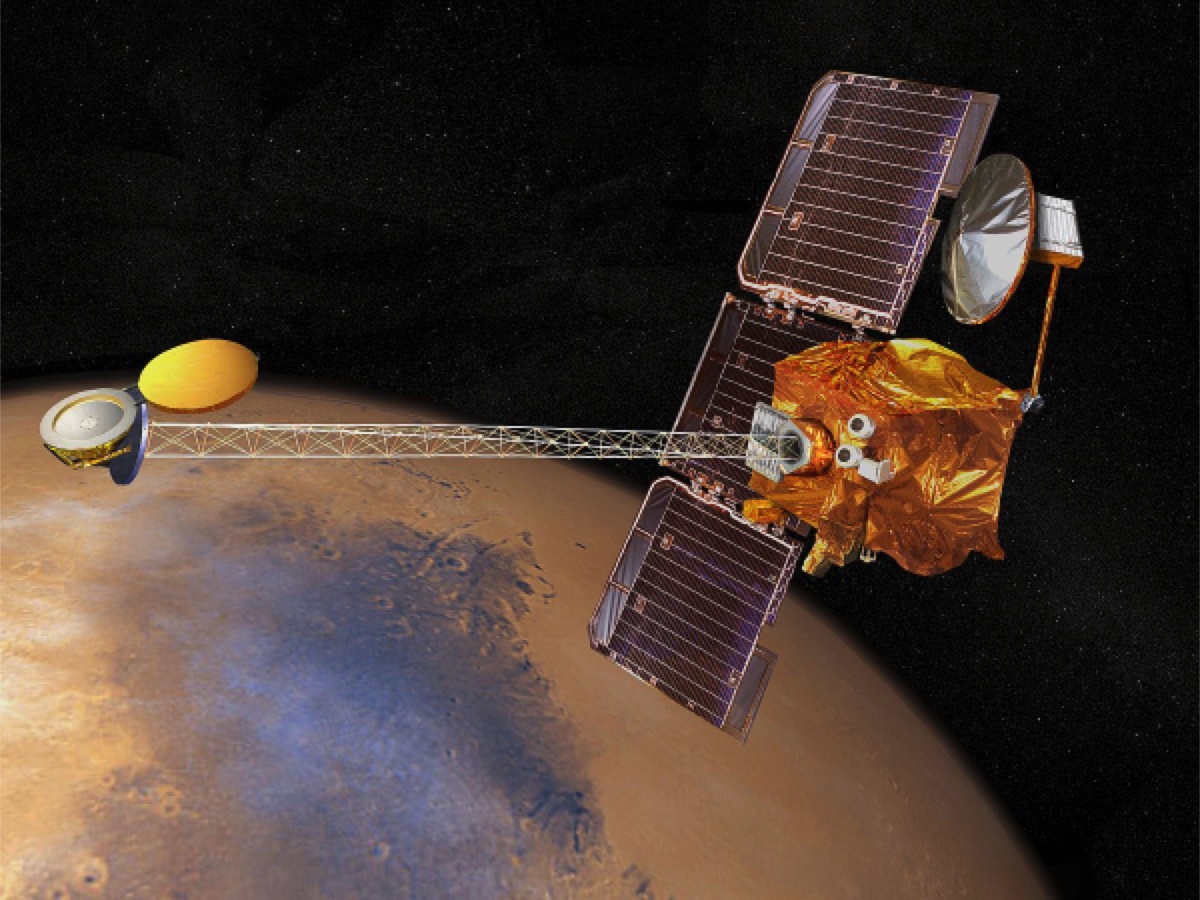
Mars Odyssey
2001 - present
Ver 1

Genesis
2001 - 2004
Ver 1
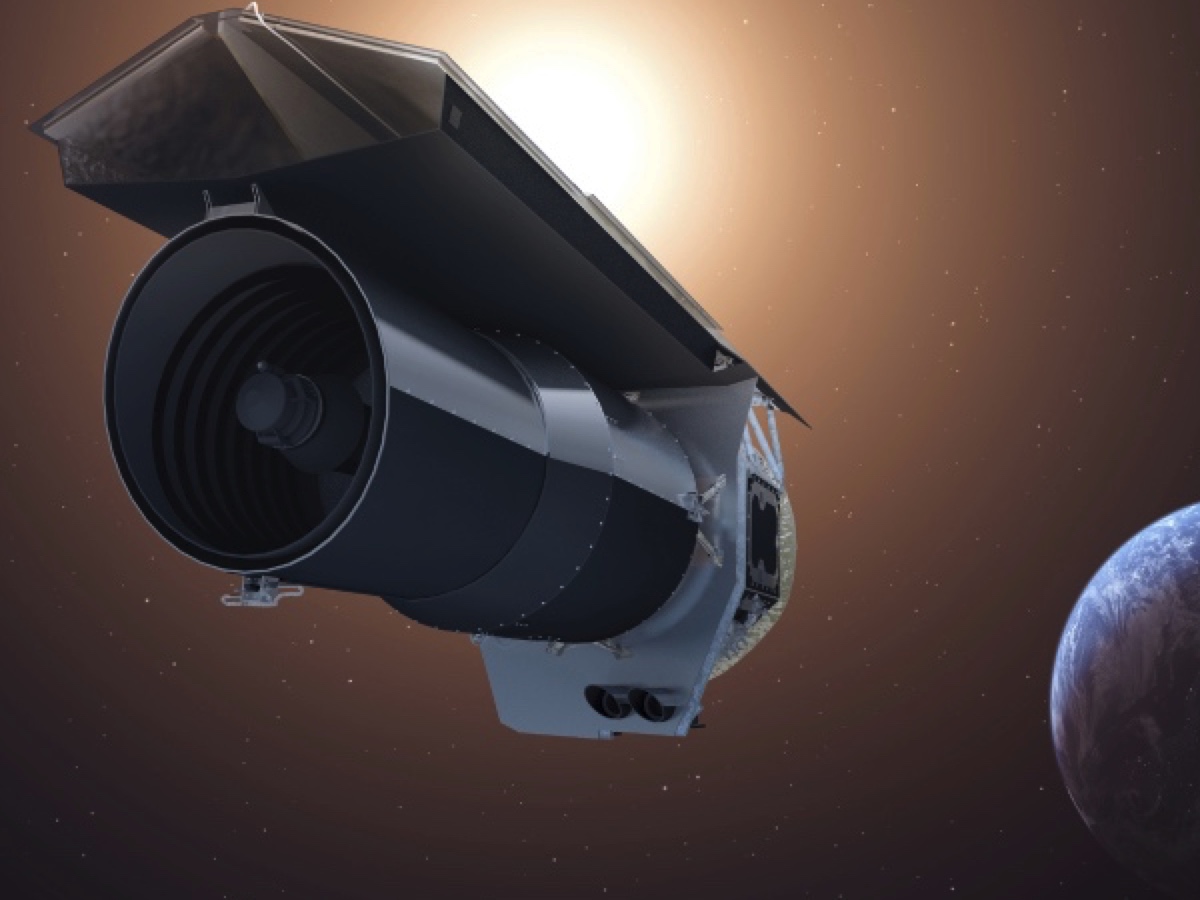
Spitzer Space Telescope
2003 - present
Ver 1.1
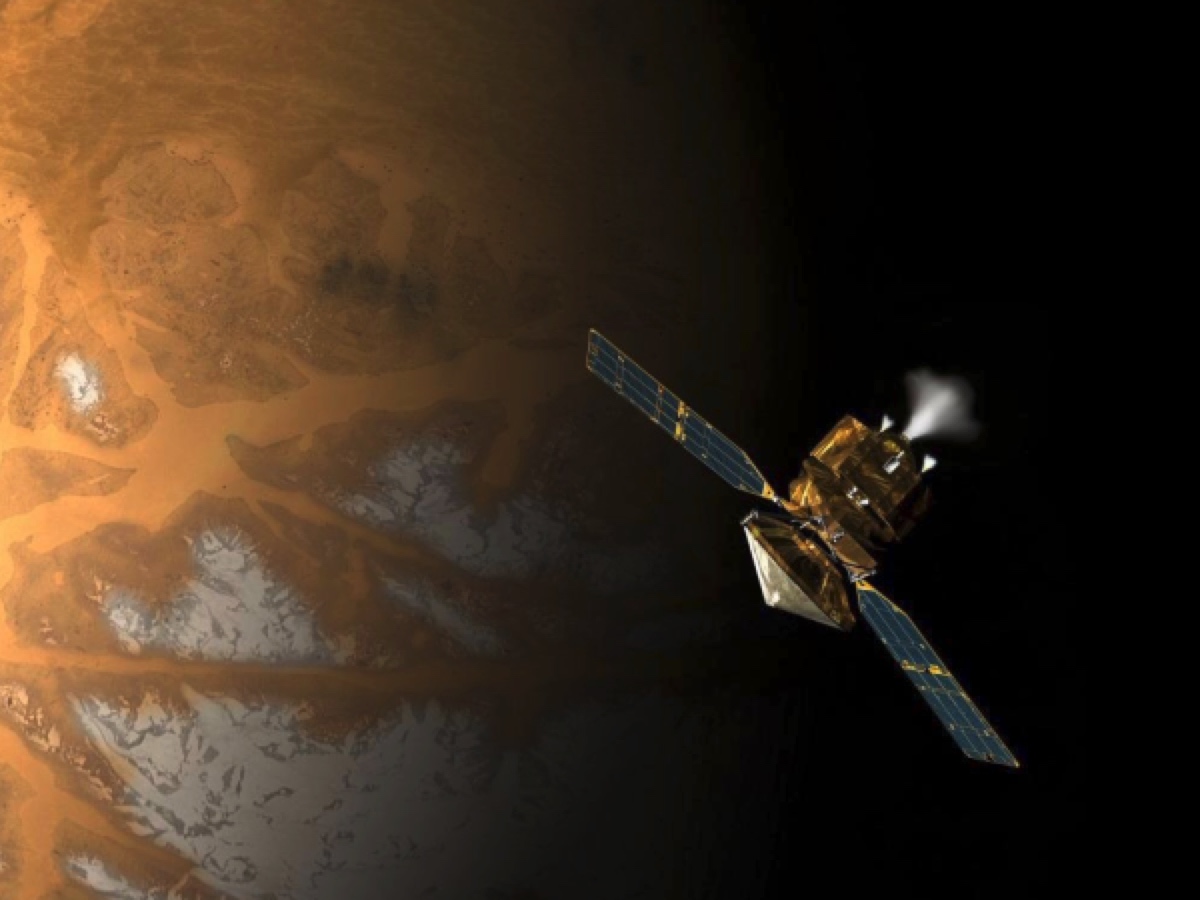
Mars Reconnaissance Orbiter
2005 - present
Ver 2

Dawn
2007 - present
Ver 2
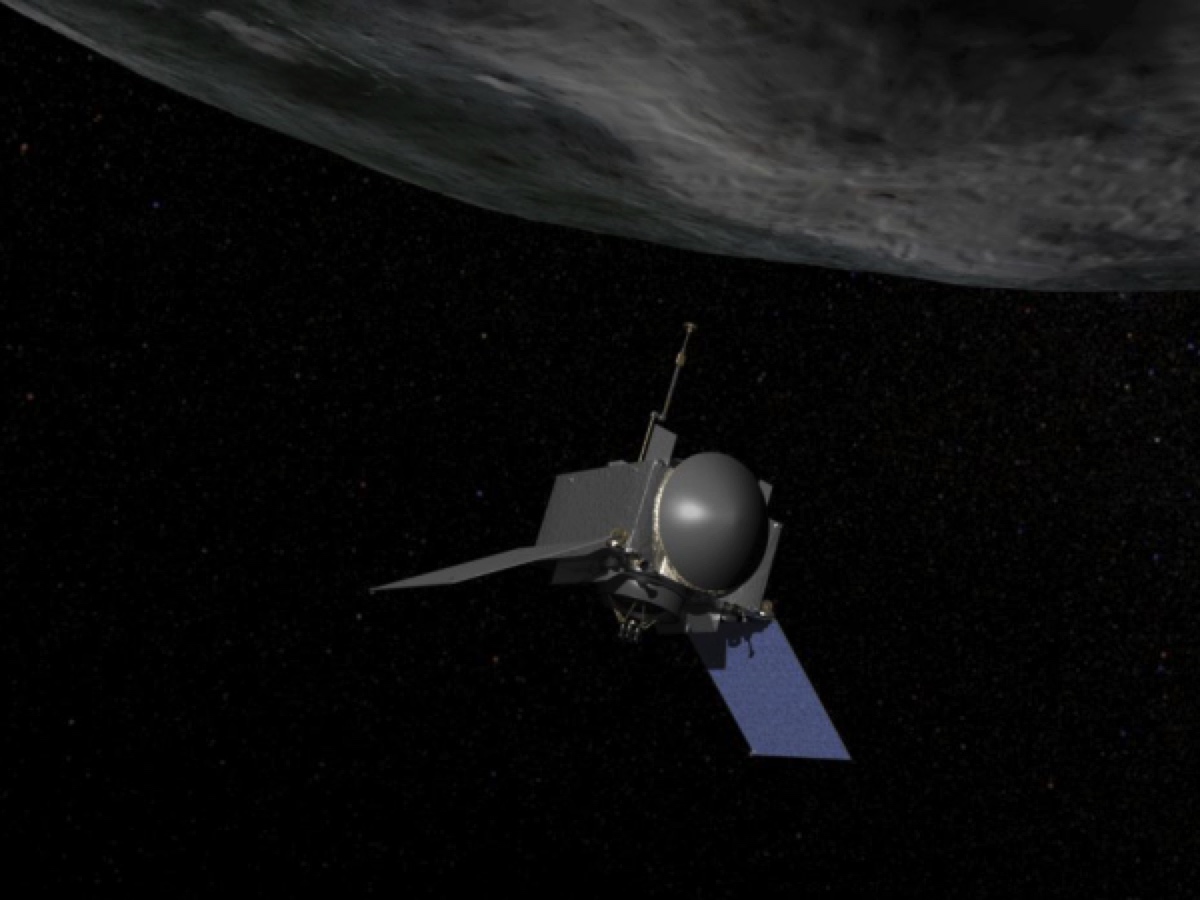
OSIRIS - Rx
2016 - present
Ver 2

Insight
2018 - present
Ver 2
Technology Development
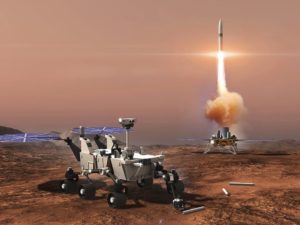
RRDS
Reactive Rendezvous and Docking Sequencer
VML Version 3
Rendezvous of a vehicle with a sample canister in order to return the canister to Earth requires a variety of complex mathematical processing on a changing data set, coupled with the need to safely and effectively handle a large range of off-nominal conditions and spacecraft faults.
